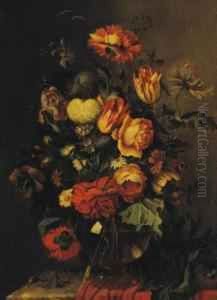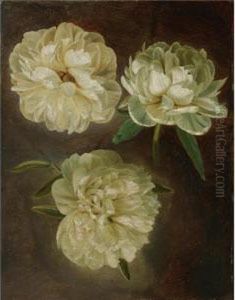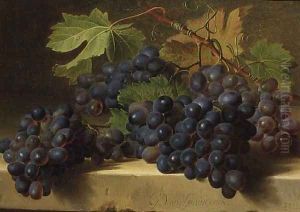Gerard Van Spaendonck Paintings
Gerard van Spaendonck was a Brabantian flower painter who played a pivotal role in the development of floral still lifes in France during the late 18th and early 19th centuries. Born on March 22, 1746, in Tilburg, Dutch Republic (now Netherlands), van Spaendonck moved to Paris in 1769, where he would spend the majority of his life and career.
He initially studied under decorative painter Guillaume-Jacques Herreyns in Antwerp but soon found his passion in painting detailed and vivid flower pieces. In Paris, van Spaendonck worked at the Gobelins Manufactory, painting floral designs for tapestries. His talent quickly brought him recognition, and he became a professor at the Jardin des Plantes, the main botanical garden in France.
By 1780, van Spaendonck had received the prestigious title of 'Peintre du Roi' (Painter to the King), and he was later appointed as a professor at the Muséum national d'Histoire naturelle. He was instrumental in establishing the vellum painting collection at the museum, a technique that involved painting on a smooth skin surface, which allowed for fine detail and luminosity in his botanical representations.
Van Spaendonck's work is characterized by its exceptional precision and the vividness of its colors. He was highly skilled in the use of watercolors and contributed to the advancement of the medium. His floral compositions often included a variety of flowers in a single piece, each meticulously rendered to display their individual beauty and botanical accuracy.
His influence extended beyond his paintings as he was a mentor to many other artists, including Pierre-Joseph Redouté, who is often referred to as 'the Raphael of flowers.' Van Spaendonck's legacy is preserved in the numerous works he left behind, which can be found in various museums, including the Louvre in Paris.
Gerard van Spaendonck died in Paris on May 11, 1822. His contributions to botanical art and his role as a teacher to future generations of flower painters have cemented his place as a significant figure in the history of European art.
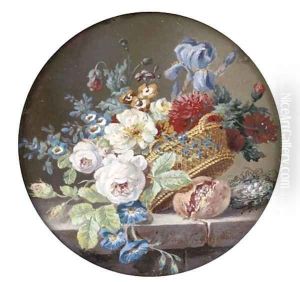
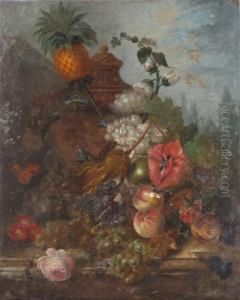
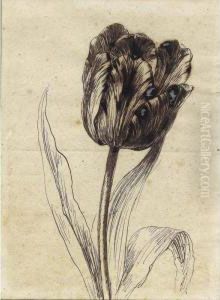
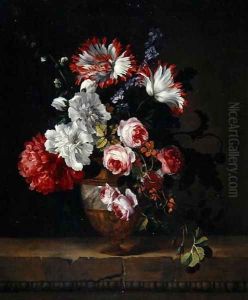
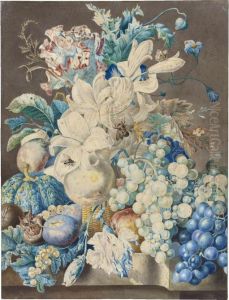
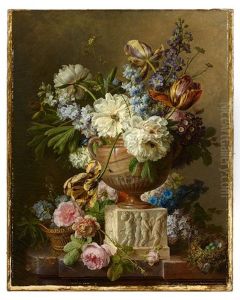
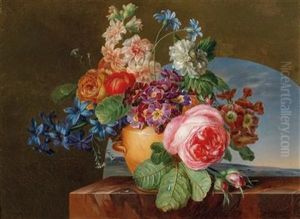
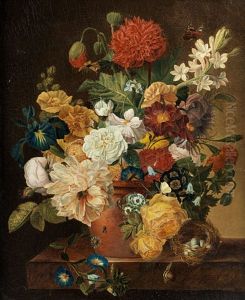
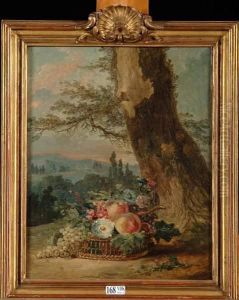
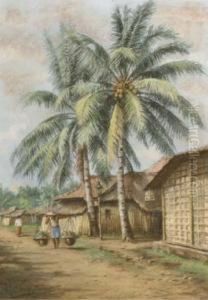
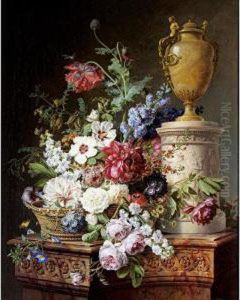
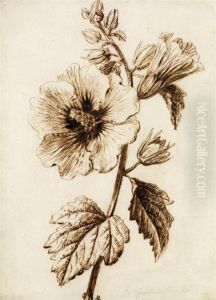
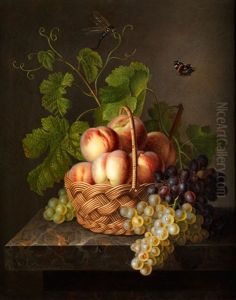
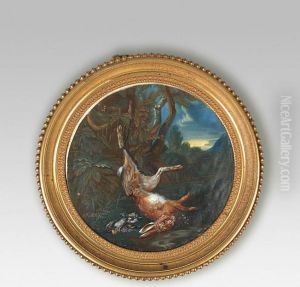
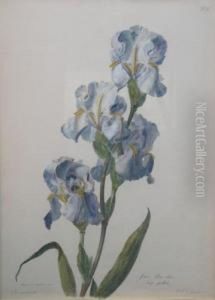
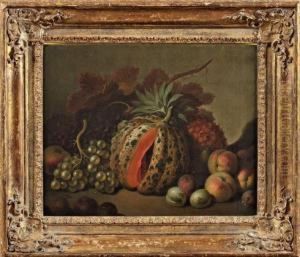
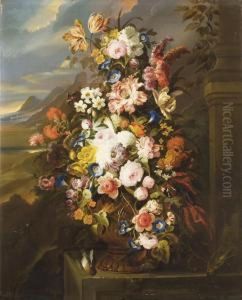
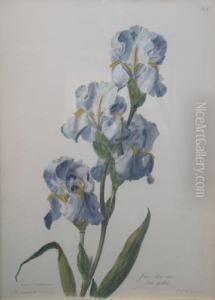
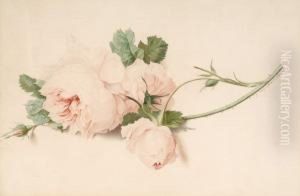
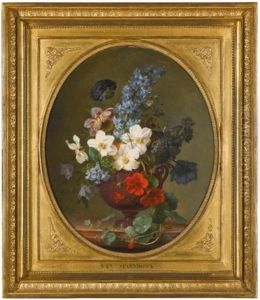
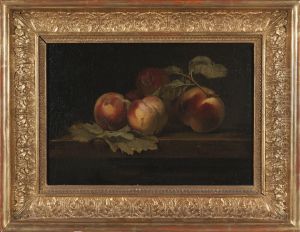
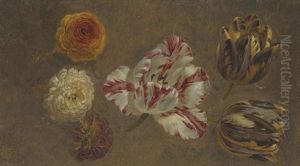
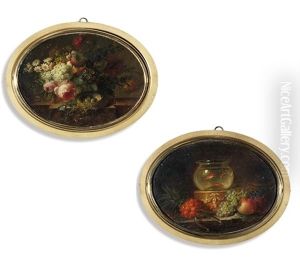
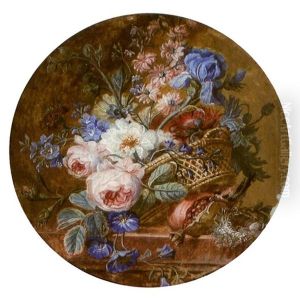
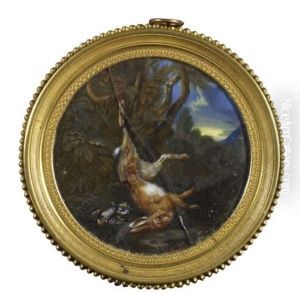
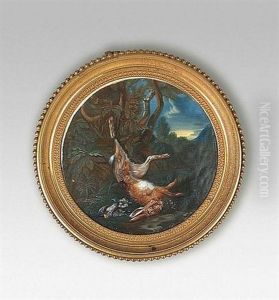
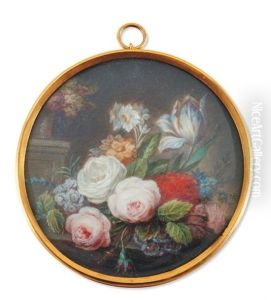
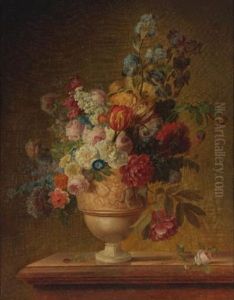
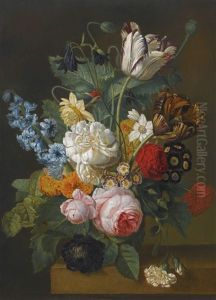
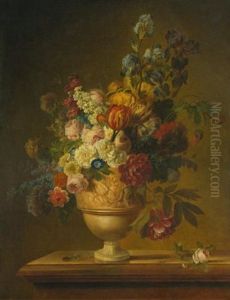
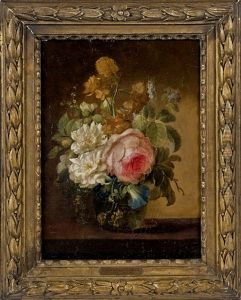
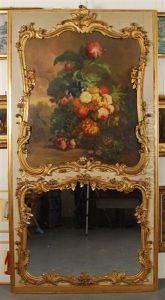
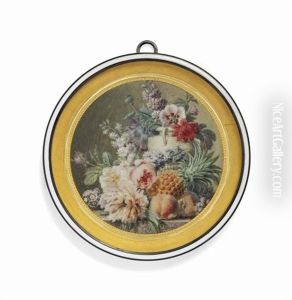
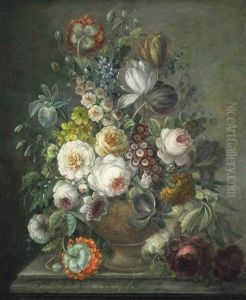
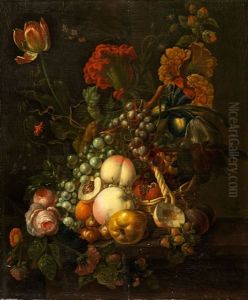
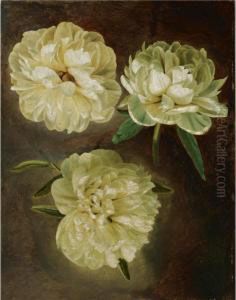
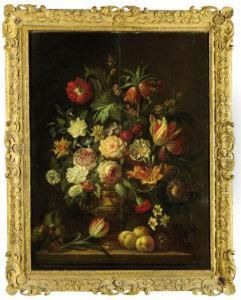
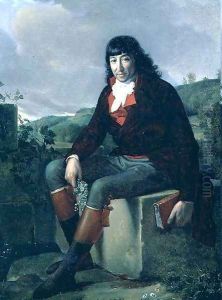
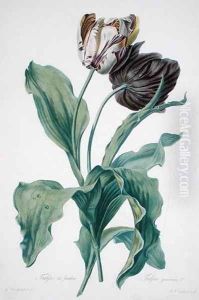
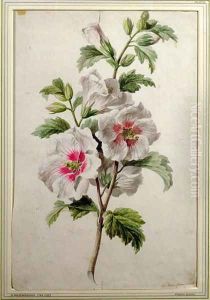
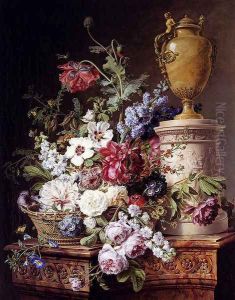
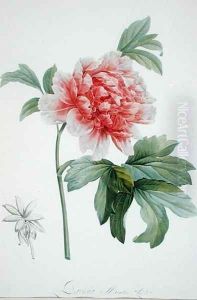
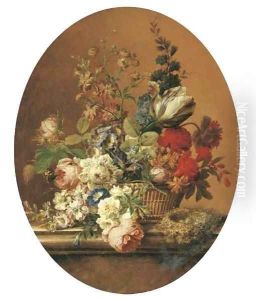
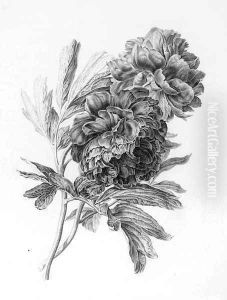
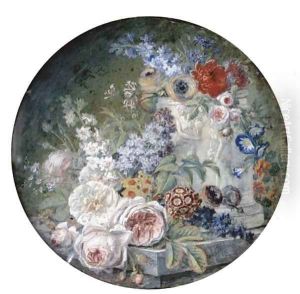
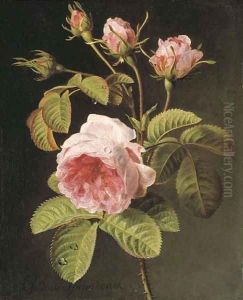
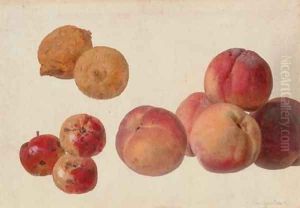
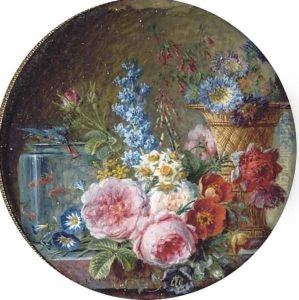
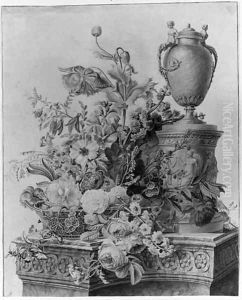
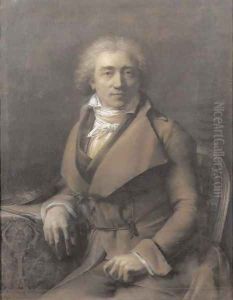
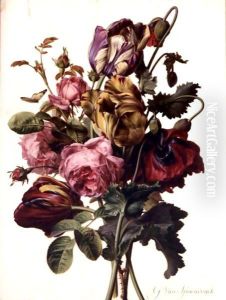
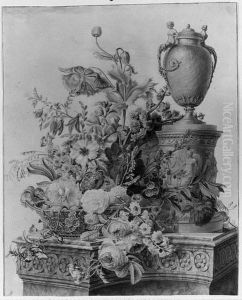
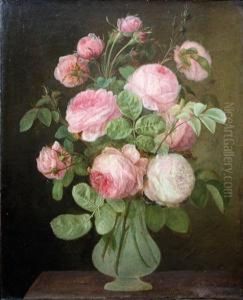
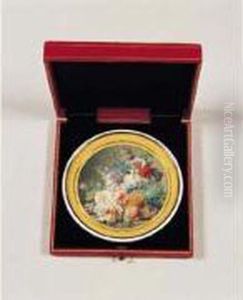
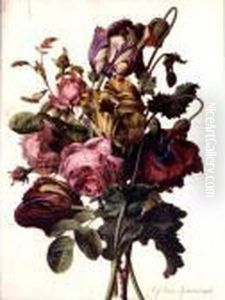
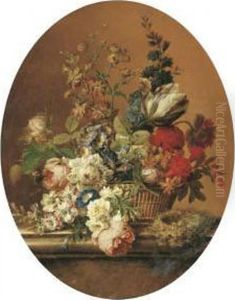
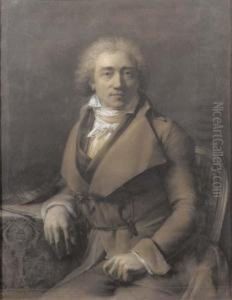
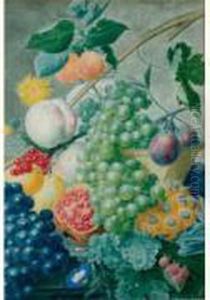
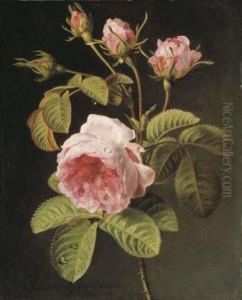
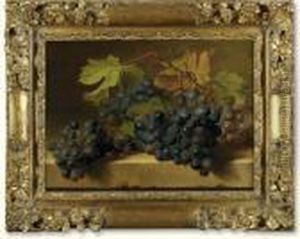
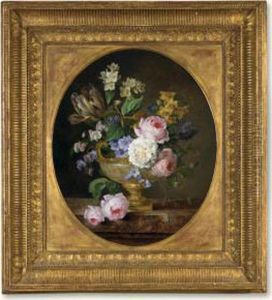
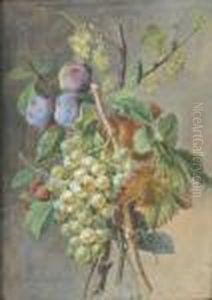
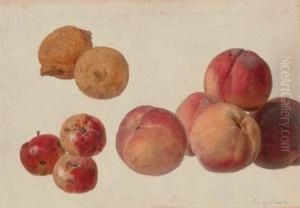
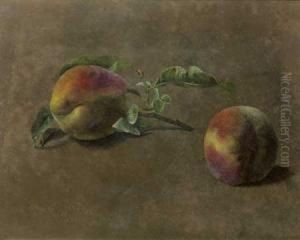
![Oiseaux Sur Une Branche
[attributed To Gerard Van Spaendonck ; Birds On A Branch ; Oil On Marble
; A Pair]](https://www.niceartgallery.com/imgs/1667085/s/gerard-van-spaendonck-oiseaux-sur-une-branche-attributed-to-gerard-van-spaendonck-birds-on-a-branch-oil-on-marble-a-pair-24469736.jpg)
